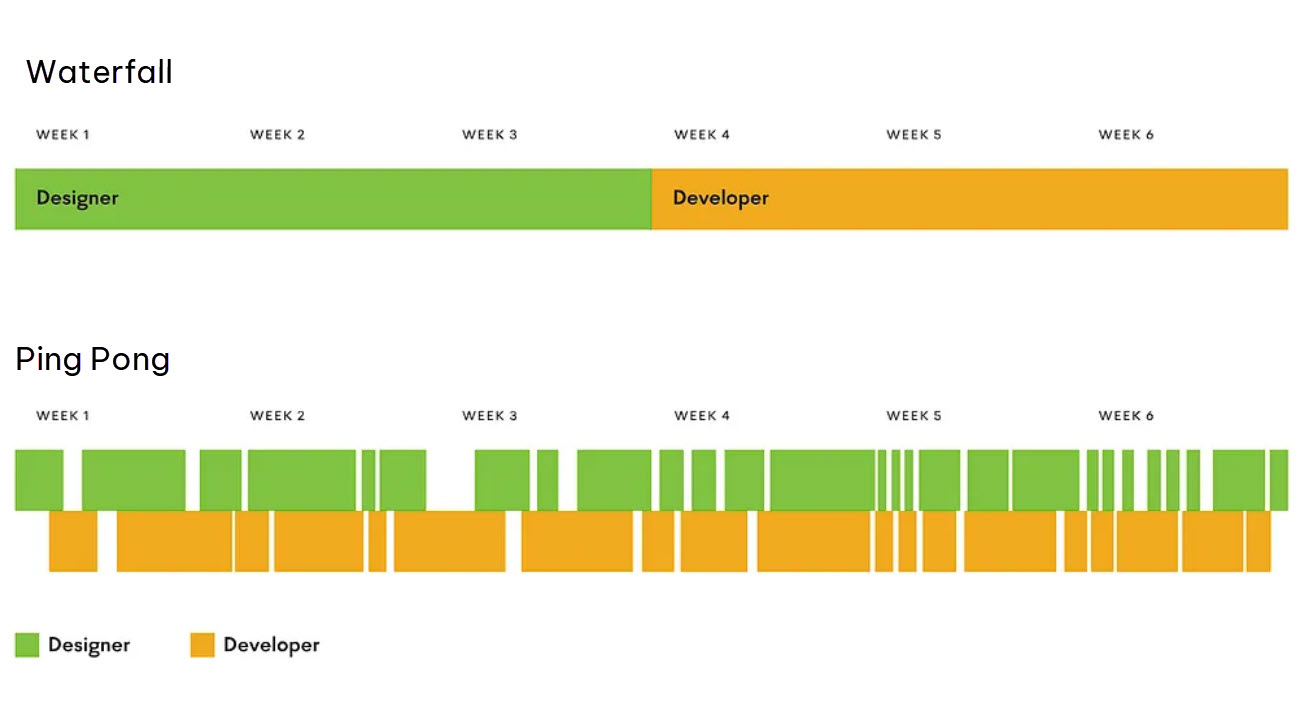A database is a well organized collection of information set up for easy access, management and updating. It has to operate optimally to give end-users the best experience at all times. The design of the database is the most important aspect as it directly influences performance and adaptability. For instance, the database design dictates how fast one can add or retrieve information from the database. It’s also essential to developers when upgrading or maintaining the database. A perfect database design should give both the users and the developers an easy time.
What Problems Can Result From Poor Database Design?
One of the most common problems of poor database design is difficulty when transferring new information. It usually happens when expanding an existing database to include additional features. Businesses generally start operating on a small scale, but the size grows with time. Since growth comes with additional demands the database will need an upgrade. Developers can run into unforeseen issues depending on how previous developers built the database. Unfortunately, most clients don’t understand the root cause of such problems. They end up blaming current developers not knowing that it’s a technical debt inherited from the previous engineers. Absorbing the cost of technical debt often falls on the developer when it should be a shared responsibility between the client and developer.
Another problem that may result from poor database design is the difficulty with integrating the program with other applications. In such a case, the developers do extra work fixing the existing structure. It is difficult to include unforeseen obstacles like this in project scopes and budget at the beginning of a project. Understanding the complications of poor database design, communicating, and working closely with the developers throughout the development process is an important part of sharing and working through technical debt together so neither party is solely responsible for mistakes of other developers.
What leads to poor database design in the first place?
Many factors lead to poor database designs. The first possible cause, and probably the main one, is hiring inexperienced or unqualified coders. It occurs when trying to keep the development costs down or lacking the information about the best kind of coders to engage. Shallow project development research or the use of outdated development practices may also lead to poor database design.
Clients should always examine credibility when choosing developers for their projects. They should conduct some background research on education and certifications before hiring a development team for a project. Looking for past client reviews and through their portfolio of past work is another way to explore their capabilities. Sometimes asking for recommendations from friends and other business partners can be helpful.
Another major contributor to poor database design is putting pressure on the developers to finish projects within the original scope and budget of a project when much technical debt has occurred. It’s crucial for any client seeking coding services to have basic knowledge of technical debt and how to adjust scope of project and budget to meet the needs of both the client and development team. The best way to do this is by giving space for flexibility of the project scope through communicating and collaborating with the new development team. Exerting excess pressure on the developers to meet tight deadlines and budget often leads to severe and costly errors later on because quality of work will be sacrificed to meet unrealistic expectations.
How can database design be improved?
The right time to minimize database design complications is during the development stage. Certain strategies can help avoid unwanted outcomes and build a strong easily adaptable database. First, it’s necessary to perform comprehensive problem identification research before starting to develop the scope of project. The study should entail the number of functionalities expected on the database as well as anticipated growth to ensure that the design allows for scalability in years to come.
Another important step towards improving database design is hiring only qualified developers. To achieve this, clients should have a basic understanding of relational databases. Doing so will guide them in knowing the genuine and relevant credentials to look for during the hiring process. It’s not all about the authenticity of the academic credentials but also the work experience they indicate. Clients need to go through the candidates’ portfolios to see examples of past projects they successfully handled. They should ensure that the skills listed in the developer’s portfolio are similar to the type of development they are looking to hire for. Working with established and well known groups of software developers significantly increases the likelihood of success. Groups of developers are always a better option because they are more authentic and follow the best development practices in the industry.
Clients have options to correct existing database design problems. For example, being flexible with their expectations and communicating clearly with the development team throughout the development process. They should give the developers enough time when working on their databases when developers are doing all they can to deliver the best quality work despite running into technical debt. Clients should also be willing to renegotiate scope of project and budget with the development team when technical debt is occurring to share the responsibility and make goals more realistic for a higher quality project outcome.
For additional technical support and trustworthy digital solutions, call or visit One Blink Technology Group, LLC. One Blink Technology Group is a renowned tech company, bringing innovation and technology into the modern business environment for optimum performance and greater return on investment.







